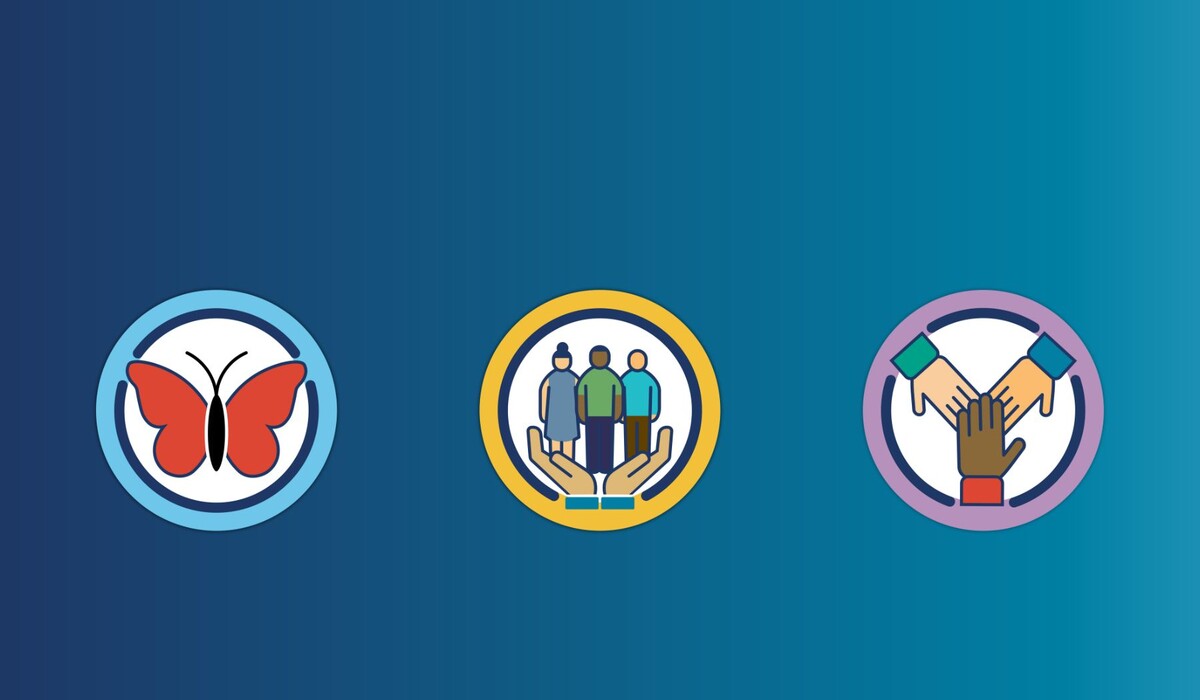Our Strategic Planning Context
While the last three years have been incredibly challenging, exhausting and difficult, they have also been illuminating.
The health and larger social inequities in this country have yet again been exposed, and along with them many of the paternalistic and oppressive assumptions and practices that inform and contribute to the perpetuation of those inequities.
We have seen an explosion of fast-moving technology and big data providing incredible opportunities alongside a need for cautious investigation of bias and privacy concerns.
The ways we learn, teach and work, including the expectations of and within academic institutions, have shifted and continue to evolve. Online or hybrid learning and working, the fundamental importance of promoting and supporting diverse, equitable, inclusive and culturally safe practices and environments, and an increased focus on wellness are all on the agenda within individual units, at the highest levels of our institution, and everywhere in between.
At a planetary level, the relationship between climate change and healthcare is multifaceted, complicated and essential. From considerations around environmental determinants of health such as clean air, safe drinking water, nutritious food supply and safe shelter to the energy demands of the infrastructure of healthcare, the impacts are significant.
More locally, the increased call for more community-based health care to help meet under-met health needs informed the expansion of health professions education across Ontario, including the planned establishment of the Scarborough Academy of Medicine and Integrated Health at the University of Toronto.
The various pivots made over the past three years, with more to come in the future, have relied on and underscore the importance of collaborative leadership and team-based practices, both in the delivery of medical education and provision of health care.
Our contexts are shifting and yet our aims remain steadfast: better health outcomes for all achieved through excellence in education, scholarship and clinical practice.
Our Engagement Process
We undertook an extensive engagement process to help ensure that our strategic plan is responsive to the needs and concerns of the Temerty Medicine medical education community, including our hospital partners. Beginning in November 2022, we carried out over 35 conversations with education leaders, learners and administrative staff via one-and-one meetings, presentations at standing committee meetings, and two working sessions. Based on the outcomes of those conversations, we developed a questionnaire that was broadly distributed to administrative staff, learners, faculty and education leaders from across the medical education community, including at our hospital partners. We received almost 450 responses.
Informed by data and insights we received from the conversations and questionnaire, as well as other sources such as the Voices surveys and accreditation findings, we reconnected with education leaders and administrative staff in the medical education portfolio to develop a plan that is reflective of the feedback provided and that aligns with the mandate and scope of the Office of the Vice Dean, Medical Education.
What We Heard
Through our conversations, what we heard is a call for change in our working, learning and clinical environments, with a focus on collaboration, empathy, respect, inclusion, wellness, and anti-oppressive principles and practices. This focus was supported by the responses to our questionnaire.
A focus on ensuring that curriculum and pedagogical practices are evidence-informed was also a common thread, as was interest in systems and process alignment that would help improve consistency and transparency across the continuum. Improved communication approaches and tools as well as opportunities for inter-unit collaboration were raised as related interests.
Through both conversations and our questionnaire – as well as the work of our Staff Talent Development Working Group, who deployed a by-staff-for-staff survey – we heard interest in developing and supporting staff, faculty and leadership. This feedback included continued interest in enhanced faculty development opportunities as well as context-specific or tailored development and engagement opportunities for administrative staff.
Suggestions of engaging community leaders, people with lived experience, and outside perspectives to help shape and deliver the curriculum were often raised as a way to build greater cultural awareness and safety into medical education and explore opportunities for innovation.
Finally, the importance of building community within and across medical education was a recurring theme throughout our engagement process.
